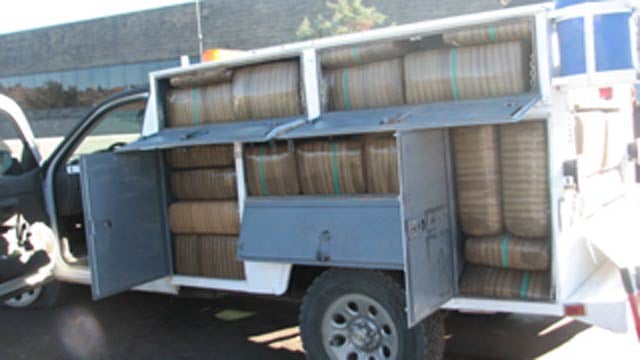I thought the speed reference on most drives was daisy-chainable. Using a motorized pot seems to be a very...Rube Goldberg-ish way of handling it. Kind of makes me wonder where the marble rolls down a chute which somehow inflates a balloon and then shoots a gun at something.
Motorized Pot
- Thread starter noxcuses
- Start date
Similar Topics
Can any one suggest, I have Motorized valve Gas Burner (open and close) i want to control with PLC PID Control with RTD input and close and open...
I'm working on a system with a motorized ball valve. It's a basic 120v unit with built-in limit switches and two inputs... one opens and one...
Ready to give up and build something in-house...🔨
Been googling for a couple of days now and the only positive return was some Austrian...
I am attempting to set up my zones according to the literature that came with the MDR. Is there some rule of thumb for setting up zones (zone...
I am connecting a Motorized control valve to a PLC5 with a duty cycle of 50%ED.
Now duty cycle as I know it to be is the ratio of time on and...



